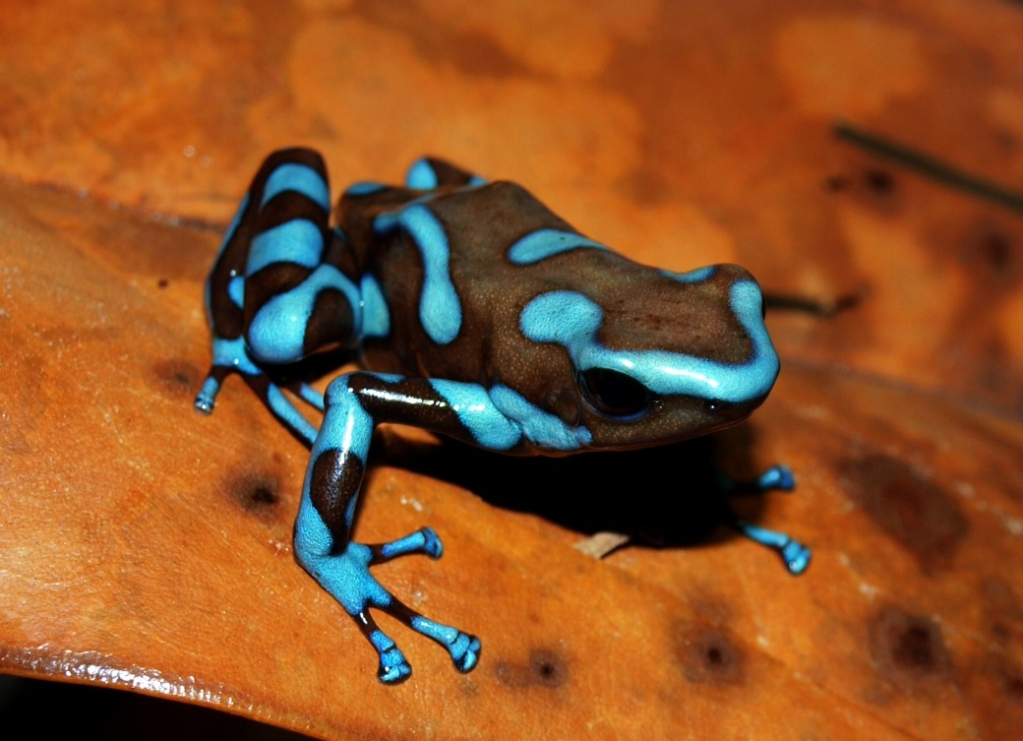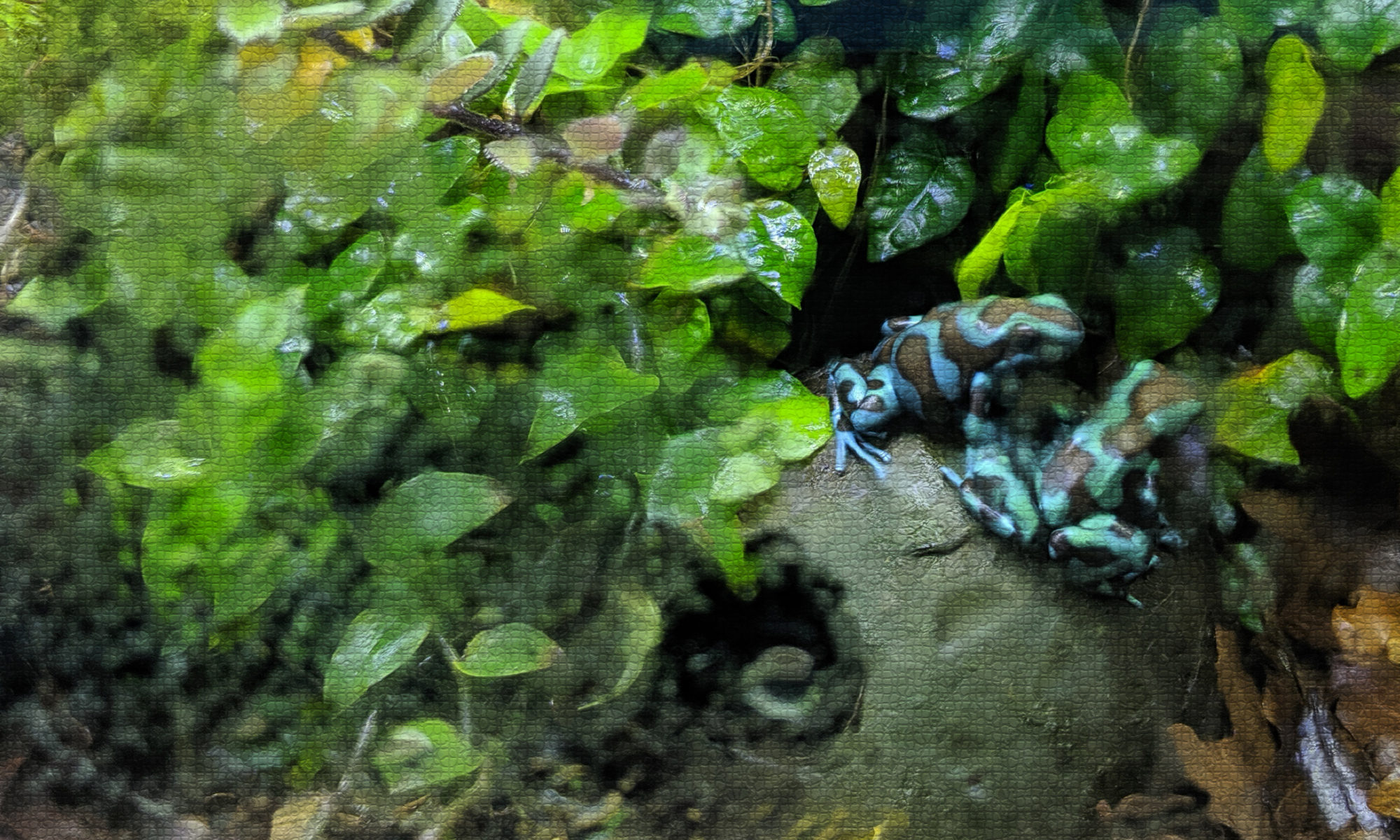Welcome to the resurrected version of Auratus Morphs. This site was originally created by Joe Mailhot (a.k.a. frograck) and fell the way of many websites on the internet. A thread on the Auran Enthusiast website: Dendroboard (https://www.dendroboard.com/forum/dendrobates/173322-introducing-www-auratusmorphs-com.html )
suggested we try and recreate it. So I did. This is a cut and paste from archival sources of the original website, with new content and updated for the 21st century. It never was completed, because the subject matter is constantly changing. It was a community venture, and it will remain so.
All photos and text will be attributed with the information we have today. It is being offered as a living document and hopefully, the spirit of the hobby will continue the contributions that originally created it and will allow it to grow and thrive once more.
Use the Contribute/Contact page to suggest additions and offer images. Images will be transferred offsite, due to the inherent dangers of web facing image uploads.
Further, moderation help would be wonderful, just enquire. This site is for all frog enthusiasts everywhere.

Following is the original Home page text:
Dendrobates auratus has been a favorite dart frog species because of its relative ease of captive maintenance and breeding, its suitability for beginners to the hobby, its common availability, and its beautiful and variable appearance. The dart frog hobby values the integrity of captive animals lineage, and strives to avoid the hybridization of species and of morphs within a species. Therefore, data relating to where in the wild a dart frog originates, and when it was first imported is valuable. Dendrobates auratus presents the hobbyist with several challenges to this end. In the wild, Dendrobates auratus ranges from Nicaragua through Costa-Rica and Panama, and into Columbia. Within its range there are numerous populations that are morphologically distinct. However, the data and accounts of these morphs in the wild are not complete. To further complicate the matter, exporters who collect Dendrobates auratus from the wild to either be farmed in situ or directly exported, typically make very little effort to record the exact whereabouts of the animals that they collect. Hobbyists heads are kept spinning because Dendrobates auratus is naturally variable in its colors and patterns, with animals from the same population exhibiting a great array of phenotype. The animals that do enter the hobby are sometimes described with vague names like “green and black” which tell us almost nothing about their morph, or are given creative new names better suited to the purpose of marketing than to tracking morph and lineage. And so many a hobbyist is left scratching their head and wondering what morph is their auartus, and with which other auratus may it be responsibly bred. And so in a hobby which prizes animals that arrive with site specific locality data, the lowly auratus is often overlooked.
While other auratus morph guides exist, they have been insufficient in providing hobbyists with data because their approach has been to describe the wild populations, and then leave the hobbyist to take a guess as to which of the presented morphs their captive animals most closely resemble, all while basing the description off of one or two photos of these variable anurans.
There has been no shortage of effort to attempt to clarify auratus morphs amongst hobbyists. Lists have been made, articles have been written, volumes of forum banter have been posted, and many hobbysists have done their research and kept track of their auratus’ origins. With the input of these many dedicated hobbyists, a new approach to auratus morph-classification can be taken. If we accept that there are facts about locality and import that we may never know about the auratus in the hobby, we can move forward and keep track of what we do know. Rather than de-value an auratus because we can’t pinpoint what wild population and geographic location it originated from, we can treasure these wonderful frogs for what they are; captive dart frogs that are beautiful, interesting, and make great vivarium inhabitants.
And so AuratusMorphs.com is a collaborative effort amongst hobbyists to record as much as we can claim to know about the Dendrobates auratus in the North American hobby. On this website, each morph will have a brief description of phenotype, information about when it entered the hobby, clarifications when necessary, and notes about various lines. In addition to this information, it is the goal of the collaborative effort to compile dozens of photos of each morph to convey the variability of Dendrobates auratus.
~Joe Mailhot (aka frograck)
